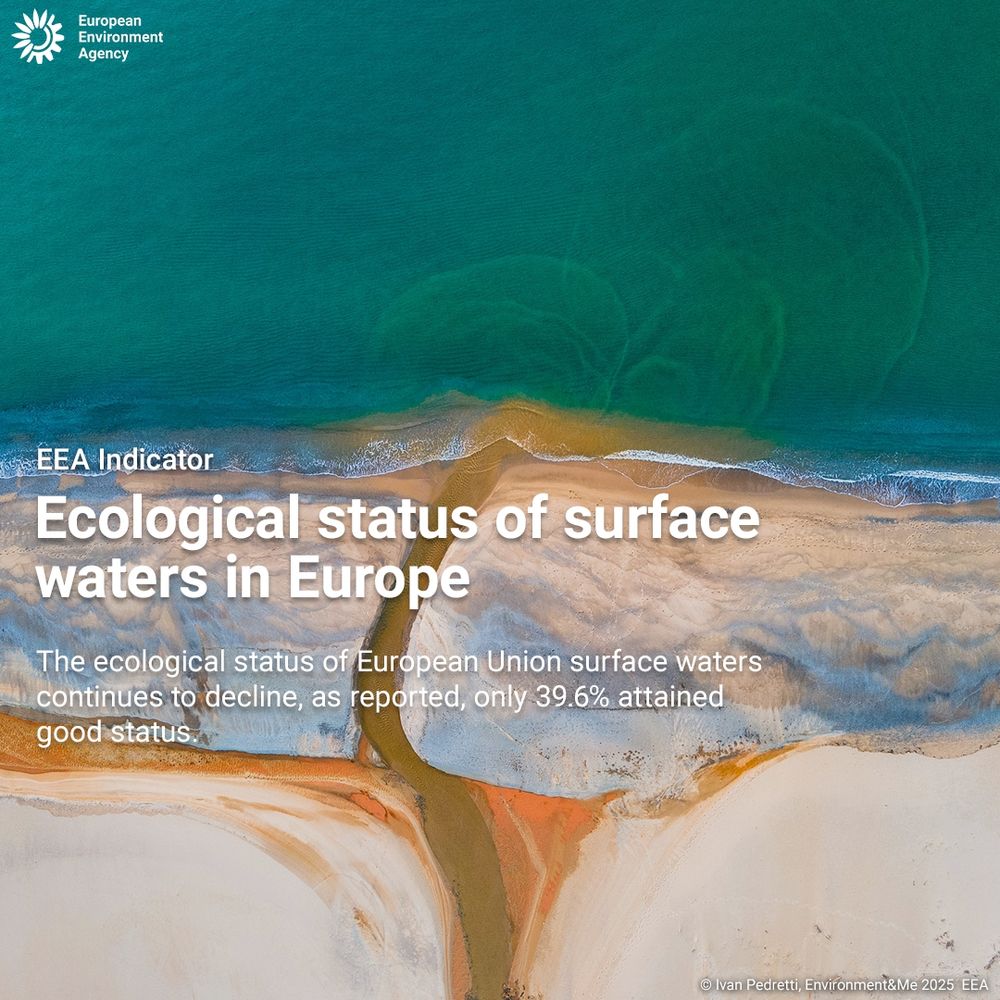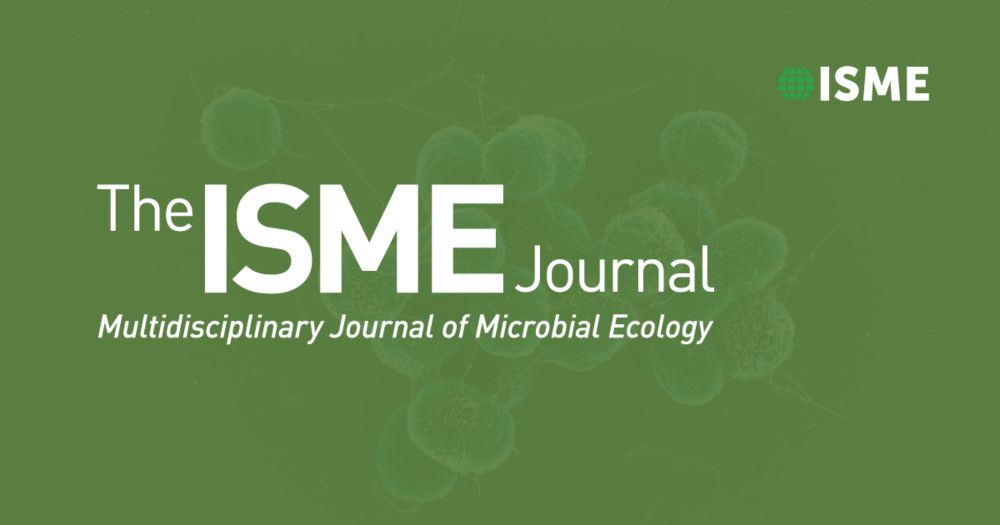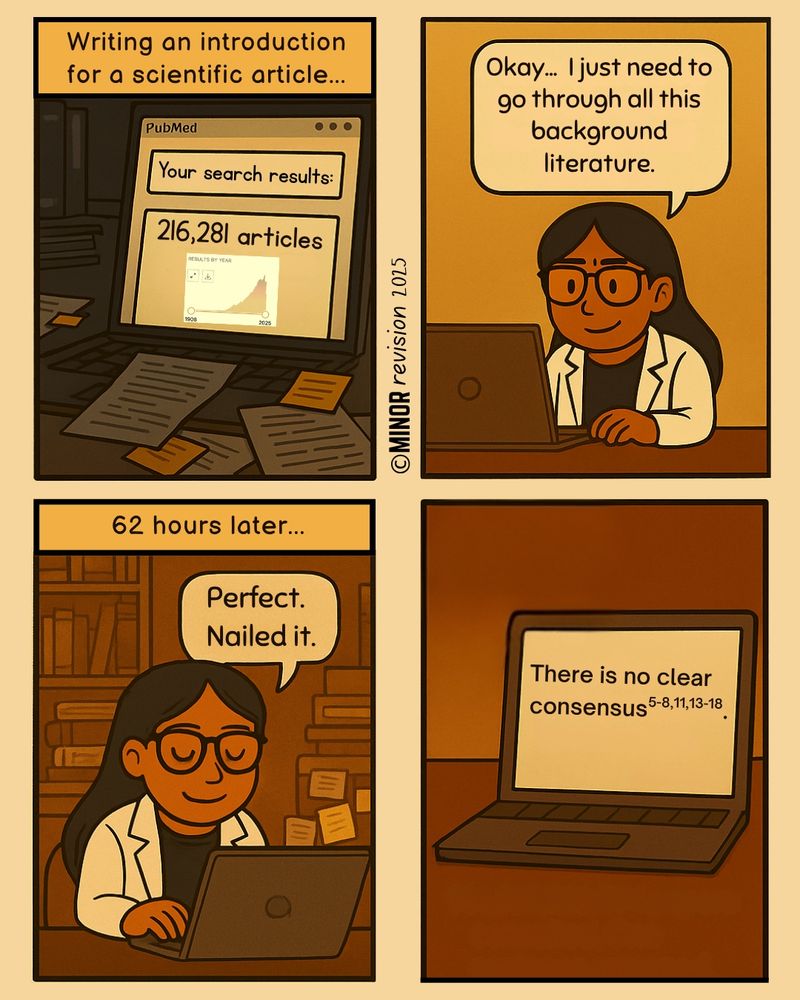Erika Martínez
@eri-bemr.bsky.social
330 followers
270 following
78 posts
Cheerful and dynamic, passionate about science and in love with dancing 🔬🩰🇲🇽 Postdoc at Leibniz IGB. Soapbox Science Berlin. #microorganisms #cyanobacteria #phytoplankton #chytrids #ecotoxicology
Posts
Media
Videos
Starter Packs
Pinned
Erika Martínez
@eri-bemr.bsky.social
· Nov 18
Reposted by Erika Martínez
Reposted by Erika Martínez
Reposted by Erika Martínez
Reposted by Erika Martínez
Cyanotrans
@cyanotrans.bsky.social
· Sep 4

Nitrogen Substrate Impacts Microcystis aeruginosa Exometabolome Composition
We used untargeted metabolomics to identify differences in the compounds exuded into culture media by three strains of M. aeruginosa grown on three N substrate treatments (NO3−, NH4+, and urea). Resu...
enviromicro-journals.onlinelibrary.wiley.com
Reposted by Erika Martínez
Reposted by Erika Martínez
Reposted by Erika Martínez
Reposted by Erika Martínez
Reposted by Erika Martínez
Reposted by Erika Martínez
Reposted by Erika Martínez
Reposted by Erika Martínez
Reposted by Erika Martínez
Erika Martínez
@eri-bemr.bsky.social
· Aug 13
Reposted by Erika Martínez
Reposted by Erika Martínez




















